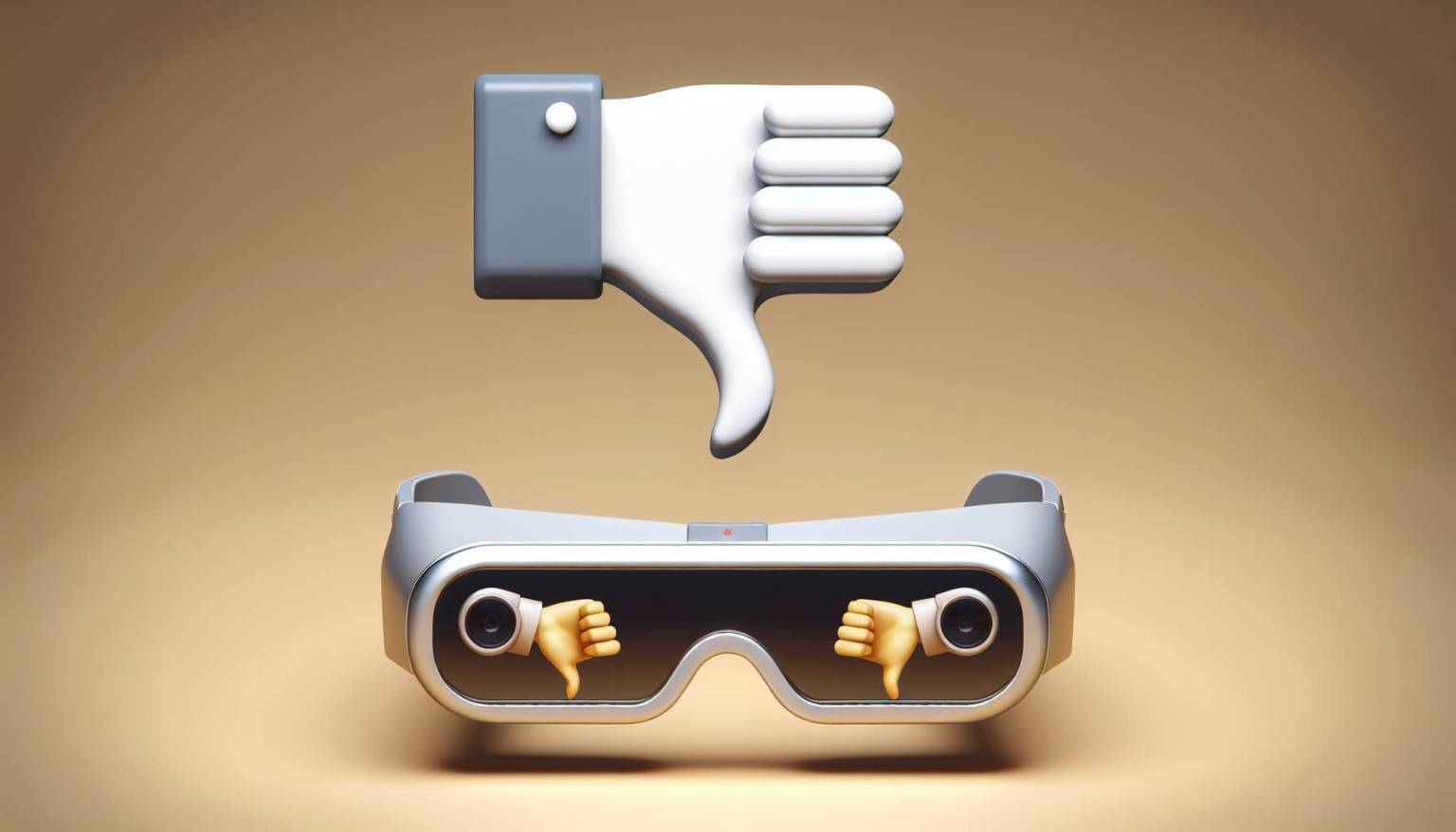A late ’90s popular viewing device, the Sony Glasstron, managed to spike a teenager’s interest in mobile display technologies, despite failing to deliver a fully immersive visual experience. While this primed the youngster’s fascination in the seamless integration of virtual and physical worlds, the subsequent development challenges and market failures did little to dampen his/her spirits.
A leading tech enterprise recently unveiled its eagerly-awaited augmented reality gadget. Unfortunately, far from stirring up excitement, the launch led to widespread disappointment. The gadget was expected to realize the vision of flawlessly merging digital life with tangible reality, but, turned out to be far from ready, thereby shaking users’ confidence in the technology.
The device touted a keyboard and mouse-less operation, with multiple cameras creating an augmented reality interface. While the gadget promised a sci-fi-esque control of on-screen elements through gesture recognition technology, mastering the intricate hand and finger movements posed a steep learning curve for users. Alongside, the device’s camera sensors struggled with accuracy and response time, leading to frustrating calibration and practice sessions.
Contrary to conventional laptops, this device’s capability to collect excessive data, even innocuous actions such as reading handwritten notes or passwords from other devices, was a major drawback.
Disappointment over latest augmented reality device
Critics slammed the device’s privacy-invading capabilities, and raised concerns about the ethical implications of manipulating vast amounts of data.
The device had significant usability issues. The lack of a user-friendly interface and the inconsistency in gesture recognition compounded the problem. Even basic operations like setting up and using the device proved challenging, causing users to view the device as more of a hindrance than a helper.
The product’s lack of focus on integral digital lifestyle aspects such as password storage and app integration was a potential turn-off for users looking for a comprehensive digital experience. Furthermore, the overly complex user interface, and lack of language support could exclude a significant user base, especially those not proficient in the default language.
Despite its innovative features, this device underlines the importance of aligning technology with real-world needs. It stresses on the need to balance user preferences and data security, before chasing after the latest tech trends. By designing technologies that cater to personal and practical considerations, we truly stand a chance at harnessing the incredible potential of innovations like augmented reality.

